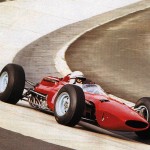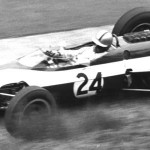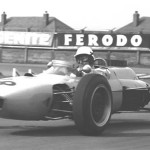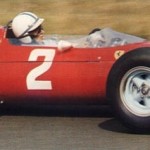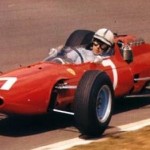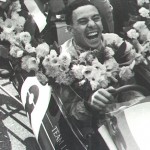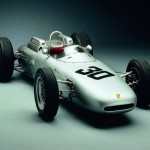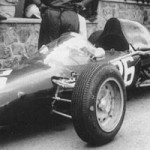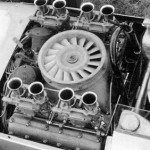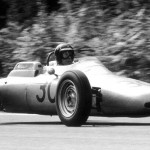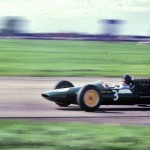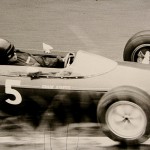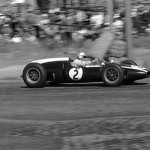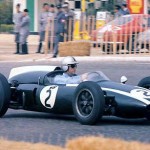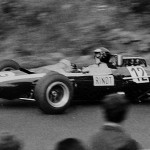The Return of the Half-Tonners?
It might just be me, of course, but there’s something rather familiar-looking about Formula One as we hunker down for the brave new world of 2010. The big boys have, whether for reasons of fiscal prudence, environmental concern or simply being a bit bogged off with being beaten (on the track by the usual suspects or over the head by the FIA), decided to abandon ship.
This leaves Ferrari, a lot of British-based teams with customer engines and a couple of oddballs. Unless you count the British-American-Honda-Brawn thing-that-we’re-now-supposed-to-call-Mercedes. In that light, there is something rather familiar-looking about this brave new world…
Step back in time 50 years and another similar metamorphosis was on the horizon. The classical front-engined 2.5-litre Formula One of the Fifties was in decline, and one by one the biggest guns in the sport were falling away to be replaced by the Climax-engined cars of Cooper, Lotus, Lola et al. What was coming was the fresh-faced, rear-engined 1.5-litre era of the Swinging Sixties.
Today there’s a marked fondness for the tiny ‘half tonner’ projectiles that ruled the roost when The Beatles were just another pop group and Sean Connery was James Bond. Ferrari, of course, came into its own with the 156 ‘sharknose’ and the even prettier 158 – with both cars netting world championships for Phil Hill and John Surtees respectively – but overall the little Britons had the best of the era.
Strange to think, therefore, that so few actually enjoyed the sport all that much from inside the cockpit. Tony Brooks felt that the 1.5-litre cars were underpowered and required drivers to take unreasonable risks to peddle them at any speed, so he soon quit. Meanwhile Jack Brabham, the man who led the rear-engined revolution at Cooper, was no more enamoured of the half-tonners than Brooks (unsurprising as he never won a race in one), declaring: “There’s no way you could call those 1.5-litre cars Formula One.”
And yet there was always something to be celebrated in the course of a season. In 1961 there were two career-best Grand Prix performances from Stirling Moss – the unforgettable rout of Ferrari at Monte Carlo and his encore in the wet-dry conditions of the Nürburgring. The 1962 season saw BRM start out on the brink of oblivion, but after years of churning out no-hopers the elegant P57 ‘stackpipe’ appeared, in which Graham Hill pipped Jim Clark’s faster, revolutionary but troublesomely-engineered Lotus 25 to the title.
Meanwhile Porsche entered constructors’ pantheon, and in 1962 became a race winner courtesy of American superstar Dan Gurney. Porsche was among several newcomers of 1.5-litre racing, including Gilby, BRP, Scirocco, ATS and de Tomaso. So too was Honda, in a genuine precursor to the modern era of high-spending, little-winning manufacturer teams of our very recent past, and both Brabham and McLaren, whose exploits were to be rather more storied.
Ultimately it must be said that the 1.5-litre era marked a relatively quiet period in the history of the sport, sandwiched in between Grand Prix racing in the grand manner of the Fifties and the headlong rush of inventiveness that began with the Cosworth DFV. Perhaps there, too, the Formula One era we are about to witness will find other parallels with that of half a century earlier… and one day be fondly remembered.
Read more feature stories here
Video

